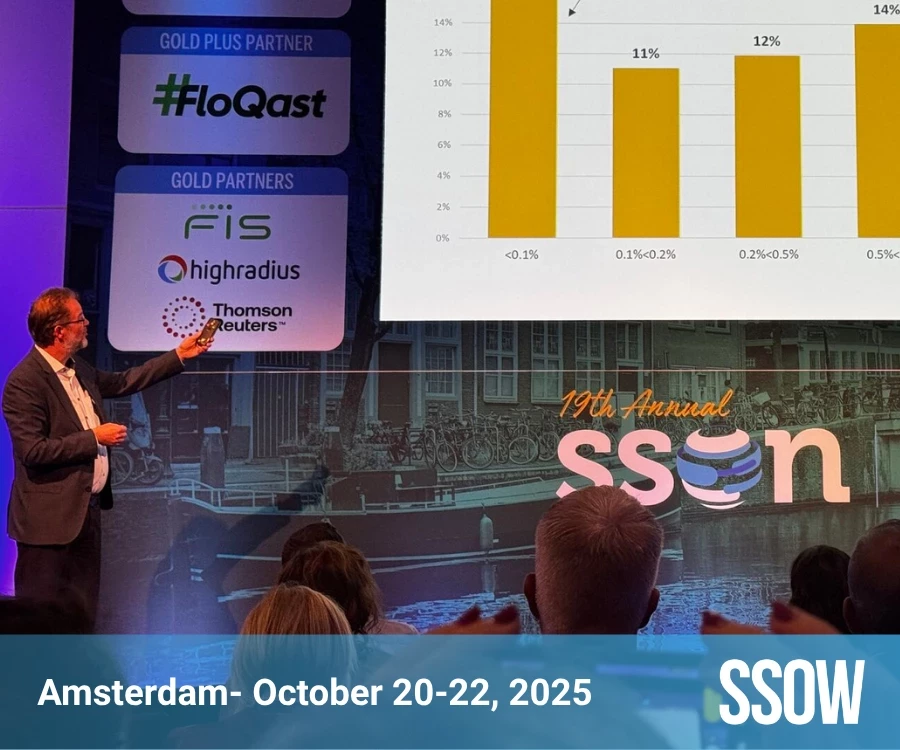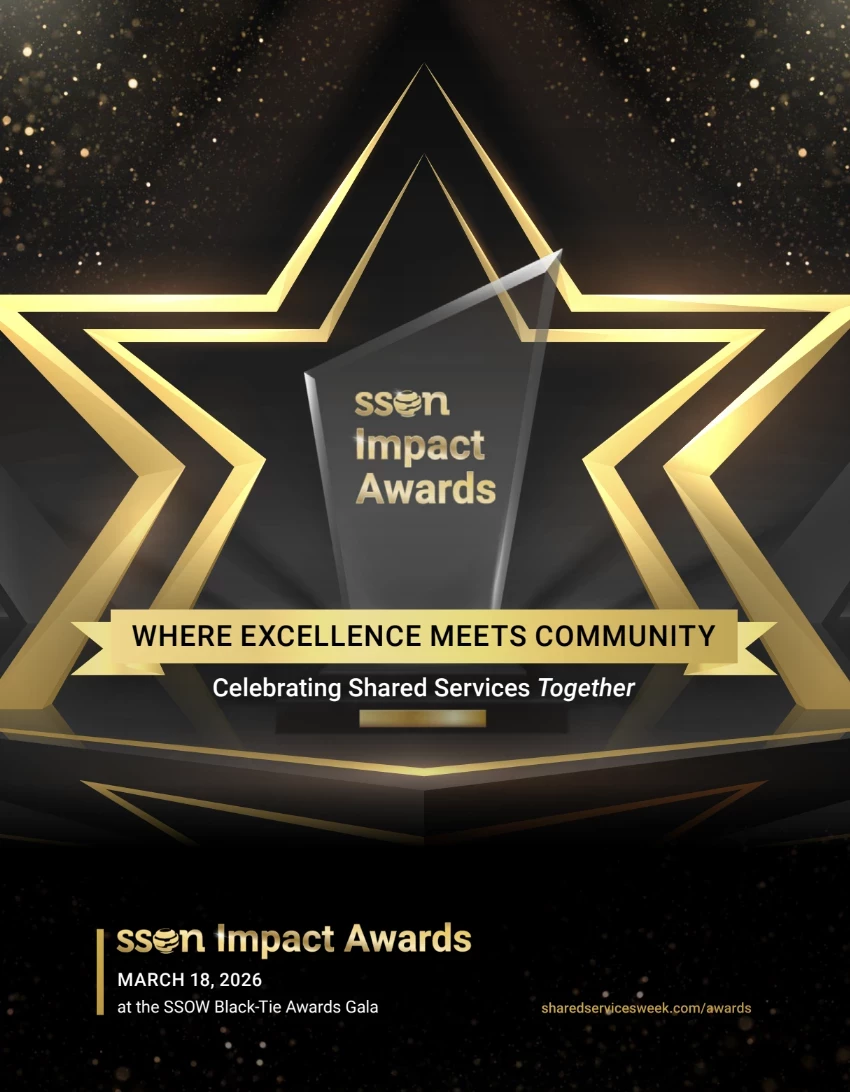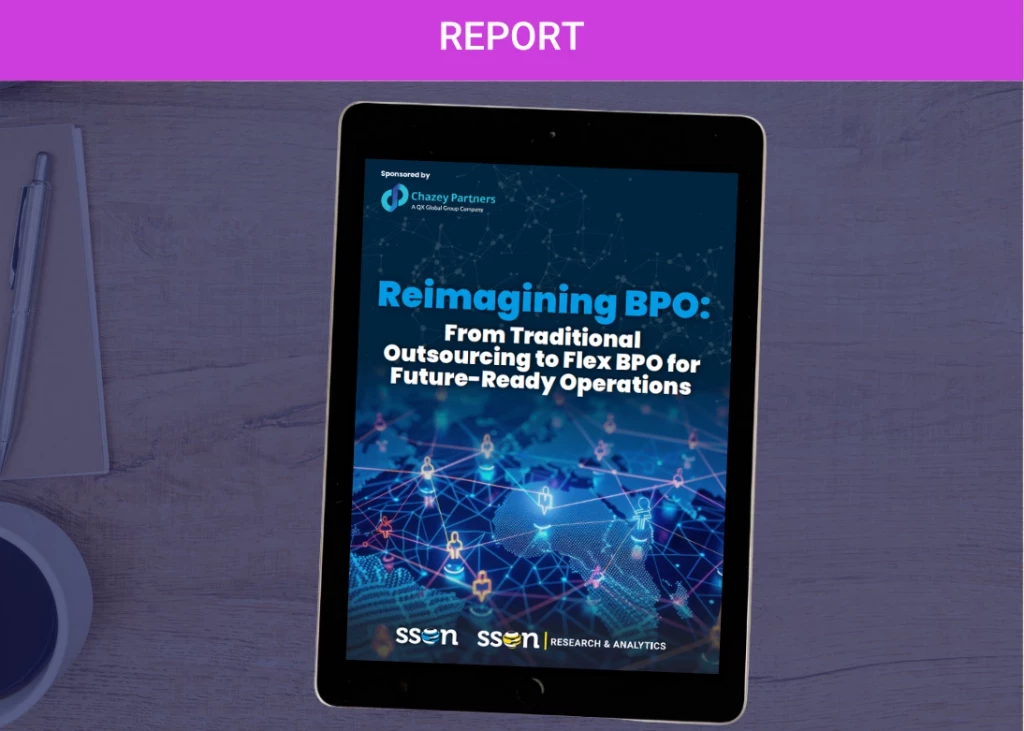
"From Back Office to Business Enabler: Elevating Impact in a Digital World”, the subtitle to Shared Services and Outsourcing News (SSON) Research and Analytics’ State of Shared Services and Outsourcing 2025 report, summarizes today’s key trends in Global Business Services (GBS). The GBS value proposition has moved beyond pure cost efficiency to achieving broader business outcomes such as increased cash flow, reduced enterprise risk, and enhanced customer loyalty. Two key enablers for realizing this value proposition are digital tools and solutions, and end-to-end services and solutions. However, the number one enabler noted in the report is people.
When speaking of people as enablers, we often emphasize skills and capabilities. The previously mentioned report outlines the highest-priority solution, digital and technology, and behavioral skills GBS leaders seek today. However, only having the right skills will not allow you to achieve the desired business outcomes. These skills must be deployed through an effective organizational structure with clear roles and positions. Think of the analogy of a basketball team. Just recruiting great athletes does not create a winning team. These athletes must have specific roles (e.g., scorer, defender, rebounder) with defined positions (e.g., guard, forward, center).
Below, we have outlined the five most critical roles for modern GBS organizations. We dive deeper into the capabilities and orientations required for each role to be future-ready. While specific job positions will vary across companies, we have provided representative ones that align with the outlined roles.

1. Leadership:
Leadership encompasses the head of GBS and the senior GBS management team. As GBS moves toward delivering a broader set of business outcomes, the leaders must elevate their perspectives and business context. Adaptability, agility, interpersonal and communication skills are critical.
Leaders must be well versed in diverse operating model choices (e.g., captive vs. outsourced, landlord vs. owned) and agile in shifting among models. As outlined in the above report, 75% of GBS leaders now report to a C-Suite executive, with some directly to the CEO. As a result, executive-level experience, perspectives, and relationship management increase in importance.
2. Solution Development:
Two primary trends are impacting solution development: 1) expansion and tighter integration of GBS services and solutions, and 2) adoption of digital tools and technologies. GBS is taking on ownership (or at least having a stronger influence) over expanded end-to-end processes. In the past, GBS might have owned the Procure-to-Pay process; now, ownership may extend to the broader supply chain from demand planning to payment. Similarly, rather than Order-to-Cash, GBS may have ownership of the larger Customer-to-Cash cycle. Across these end-to-end processes, digital tools ranging from simple task automation to advanced Artificial Intelligence (AI) are proliferating.
One of the most important job positions related to solution development is the Global Process Owner (GPO). It is unlikely that a GPO will know all components of an extended end-to-end process with multiple choices of improvement levers. A GPO orchestrates improvement efforts across sponsors, delivery teams, IT, subject matter experts, buyers, users, and partners to bring collective knowledge to achieve process excellence. Those in solution development positions must have strong process improvement, problem-solving, and interpersonal skills augmented with digital and technology proficiency.
3. Service Delivery:
As automation supplants manual labor and AI is applied to problem-solving and decision-support, the role of the day-to-day GBS delivery team changes significantly. Delivery personnel previously consumed with transaction processing can now apply their expertise to solve more complex issues. Beyond transactional processes, GBS organizations often offer expertise-based solutions such as data management, analytics, and risk management, requiring different topical skills and knowledge.
Automation and AI also offer opportunities for delivery personnel to become “citizen developers” of low-to-medium complexity solutions, utilizing tools and training from technology suppliers. Specific to AI, delivery teams must also build a new competency to translate AI output into usable business applications. This requires communication, problem-solving, and stronger digital and technical proficiency.
4. Relationship Management:
GBS organizations must manage a broader set of internal and external stakeholders as scope and operating model variations expand. We spoke about GBS leadership taking charge of executive-level relationship management. However, relationship management on a more regular and frequent basis typically falls to others. Below are representative positions with core relationship management responsibilities:
- Business Unit Relationship Leads: Larger GBS organizations may have dedicated positions to manage relationships with individual business units across the GBS service portfolio. Others may combine this role with other positions, such as delivery leads. Key to these roles is the ability to manage how well GBS meets business unit requirements and expectations, and conversely, how the business units contribute to GBS’ success.
- Governance Leads: Especially for those GBS organizations with outsourcing relationships, a governance lead aligns the actions and decisions of service providers, buyers, and users to the desired relationship outcome. This position manages a comprehensive set of governance processes (e.g., service management, contract change control) across various internal stakeholders and external providers. The trend is that companies utilize a combination of outsourced and captive operations across a broader set of providers, making this role particularly critical.
- Use Case Liaisons: When GBS organizations offer highly technical services to internal customers, such as analytics, we have seen the adoption of use case liaisons. GBS data scientists, for example, may provide in-depth analysis relying on advanced statistical knowledge. Use case liaisons to link users and data scientists to shape business requirements into specific analytical needs and assist in interpreting analytics.
Interpersonal, problem-solving, and customer experience skills are particularly important for those in relationship management roles.
5. Enablement:
Enabling roles directly support those developing and delivering GBS solutions and services by applying domain-specific knowledge. At its base, GBS will have functional Finance, HR, and IT support for its operations. But increasingly, GBS organizations require other specialized enabling positions such as:
- Quality, risk, and control specialists: particularly important for those introducing AI into their processes or taking on middle and front office processes with higher risk and control needs.
- Experience management specialists: increasingly critical as companies take on more middle and front-office customer-facing processes and GBS expands its value proposition to include improved customer experience.
- Program management specialists: while traditionally important for transitions and transformations, the pace of transitions and transformations is increasing for many GBS organizations.
- Change management and communications specialists: like program management, these positions are critical for GBS organizations undergoing an increased pace of transitions and transformations.
- Data and reporting specialists: these roles support the data architecture, analysis, and reporting needs of the GBS organization for its operations and interactions with key stakeholders.
Top Tips to Drive Value:
Each GBS organization must tailor its structure to meet its specific needs. Below are some guidelines to drive maximum business value:
- Start by matching your desired GBS value proposition and strategies to required capabilities. For example, if you offer integrated end-to-end solutions, you will need strong solution development capabilities.
- Use the five critical roles outlined above to define what adjustments may be required in your current GBS organizational structure at a macro-level.
- Define whether you intend to acquire and develop critical capabilities internally or through external partners.
- Progressively define any required changes in your micro-organizational design in terms of specific positions, competency profiles, and job descriptions.
- Develop and execute specific plans for talent acquisition and development.
In short, the above roles and activities will enhance the value of your GBS operation. Both internal and external customers will experience a more positive user experience and if executed properly, the organization will become more efficient and effective over time. An added benefit is often greater clarity of responsibilities and less organizational overlap and effort. To gain more excellent insights from our SSO Network, please join us for our upcoming Record to Report Virtual Summit.





























